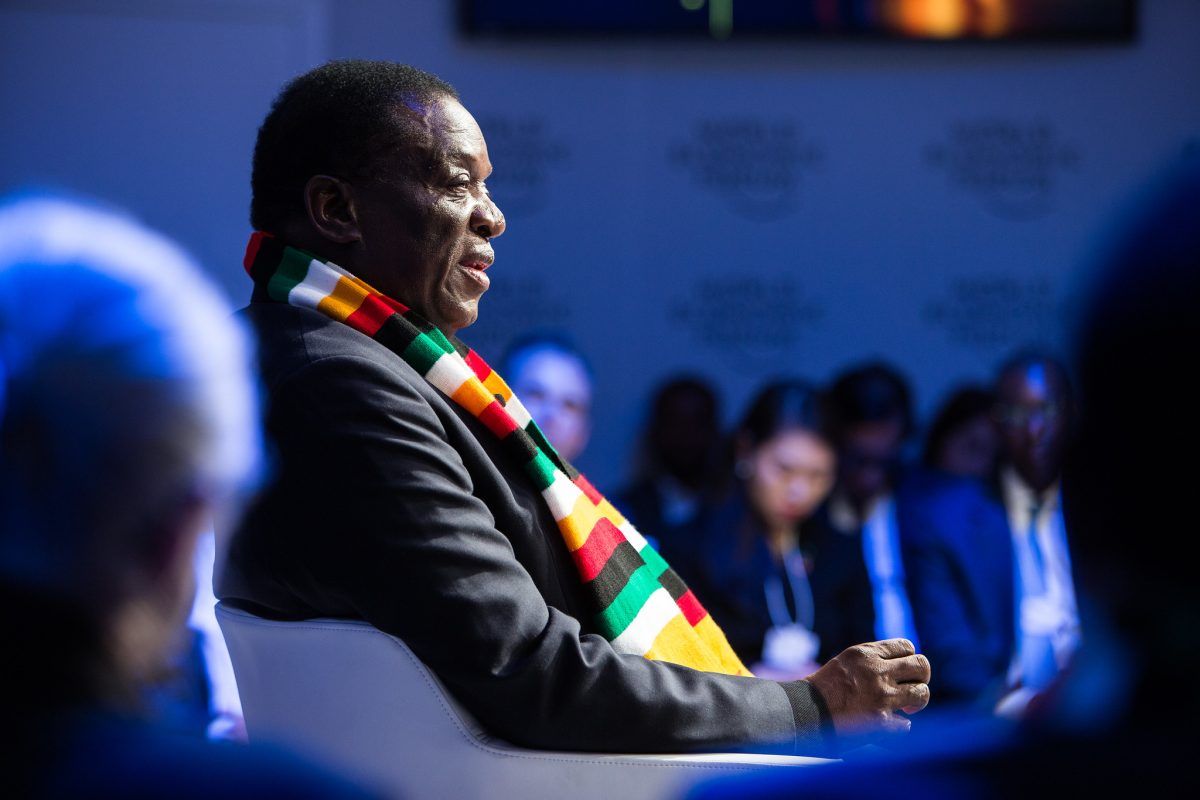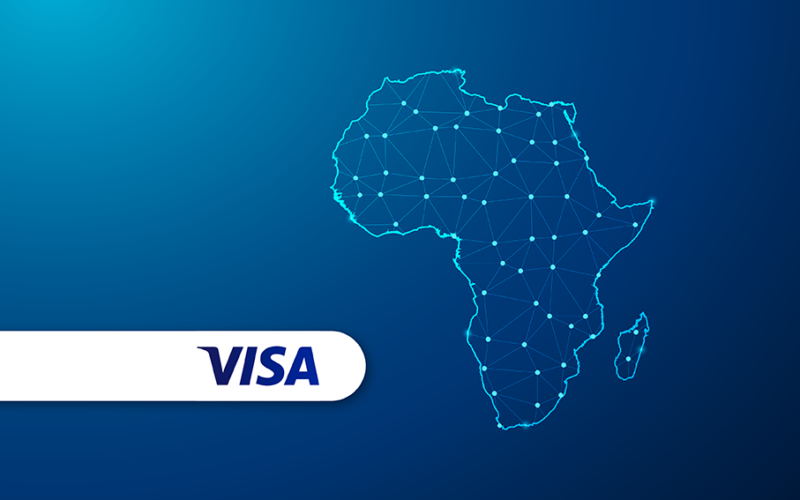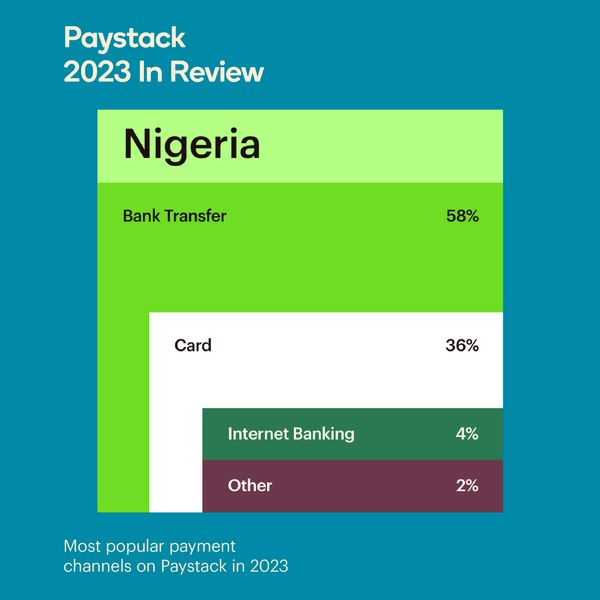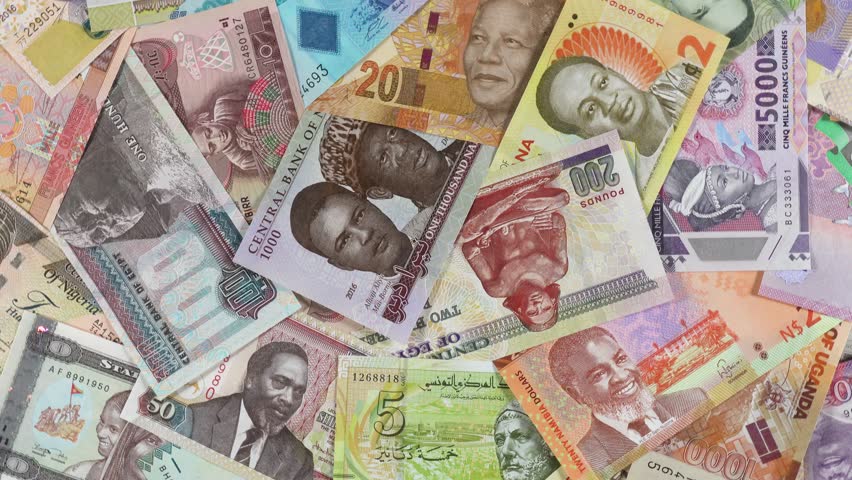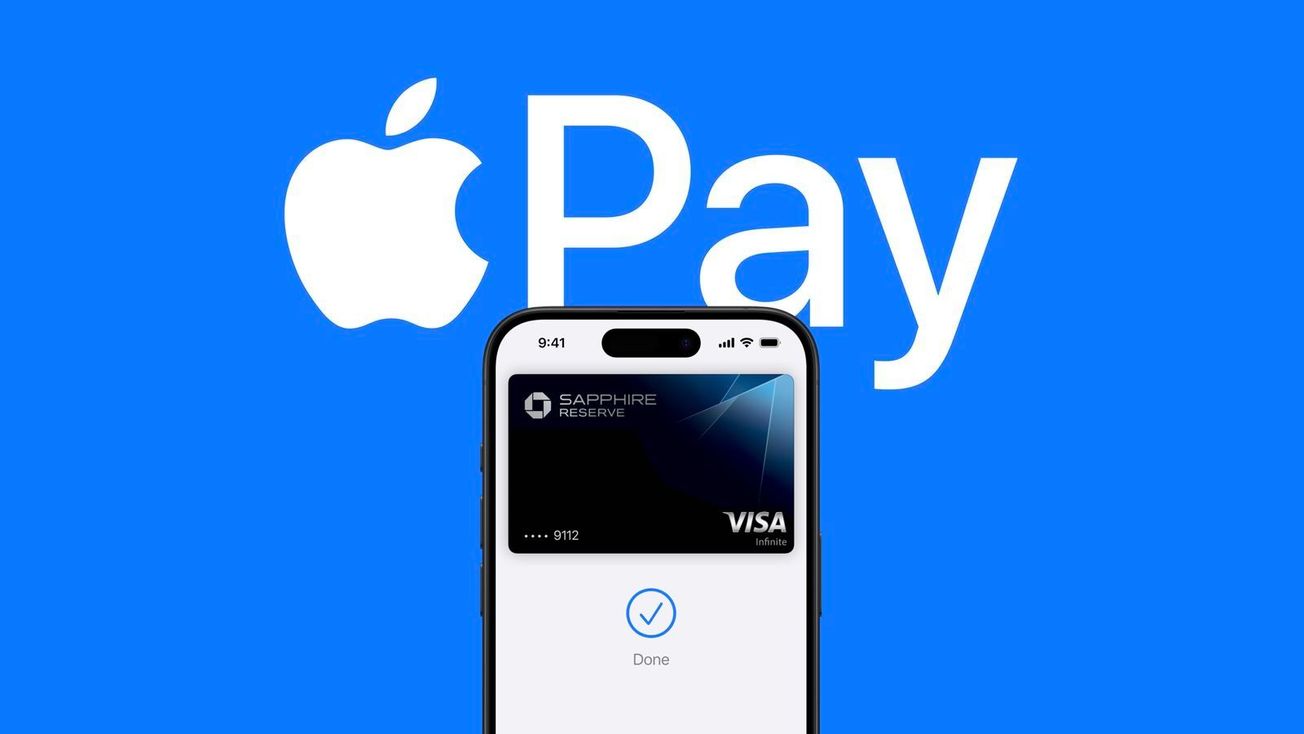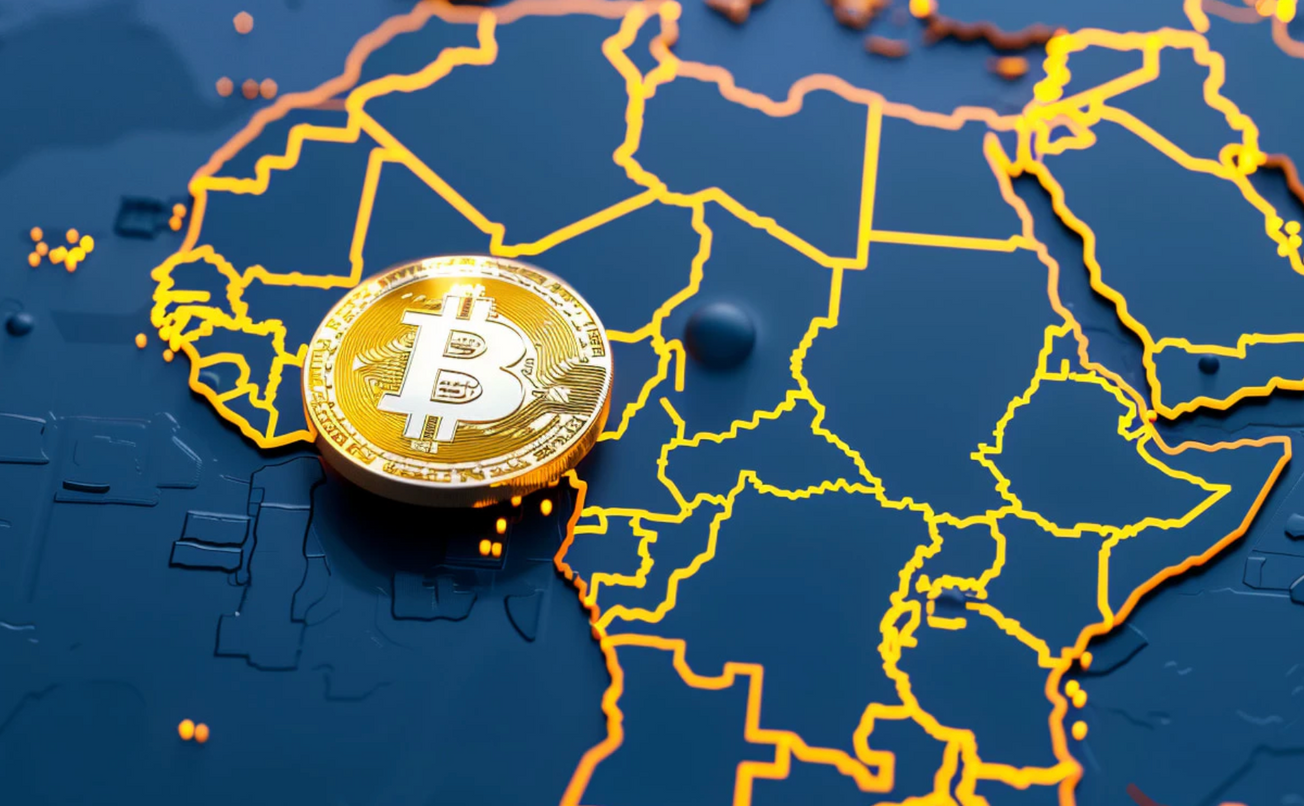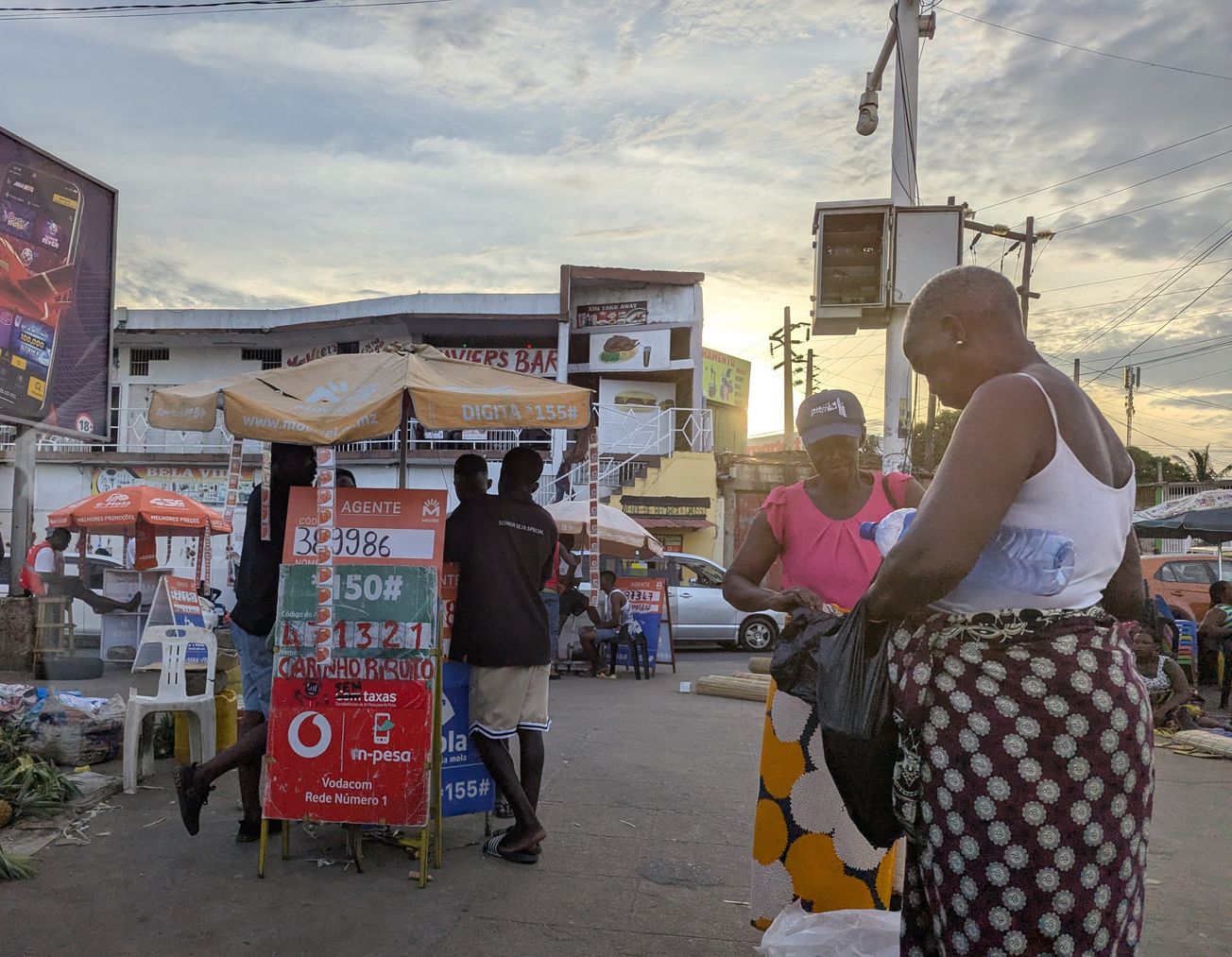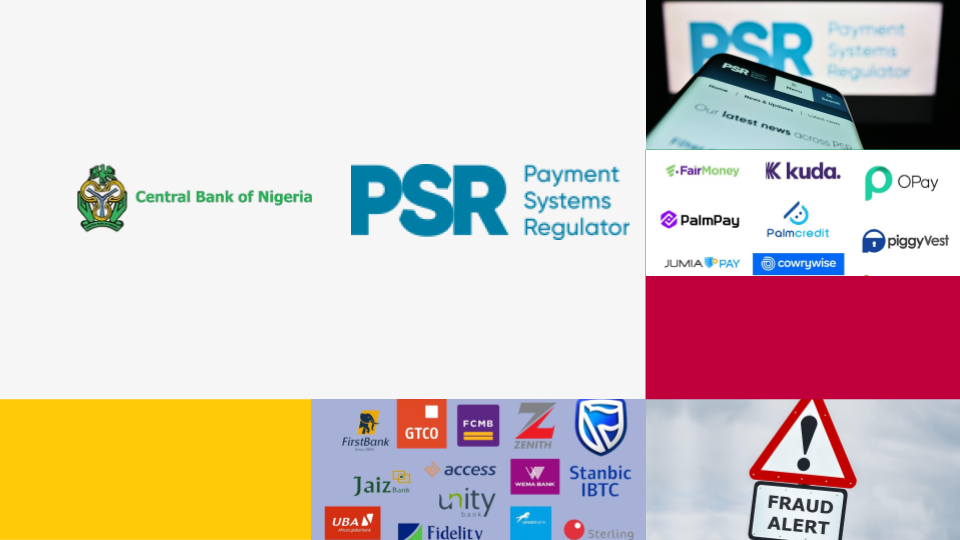The Double “T” - Tradition and Technology
Zimbabwe reportedly plans to introduce a gold-backed digital currency to enhance financial stability and reduce the country's reliance on foreign currencies. The country's Reserve Bank has partnered with a fintech company to develop a blockchain-based platform for trading its gold reserves. The platform is set to issue a digital currency backed by those reserves.
This gold-backed digital currency represents a modern twist on the concept of using gold as currency which dates back thousands of years, around 500 BC. With abundant gold in Zimbabwe, this new currency combines the convenience and efficiency of digital transactions with the stability and value of gold. This move is significant for Zimbabwe, which has faced economic challenges, including hyperinflation, local currency devaluation, and a shortage of foreign currency that has impacted its ability to import goods and services.
Benefits of the Modern Twist
Zimbabwe's gold-backed digital currency could provide a secure and stable means of exchange, enabling more people to participate in the formal economy, driving economic growth, and reducing poverty by empowering more individuals and businesses to access financial services.
Moreover, the gold-backed digital currency could help drive digital inclusion by promoting blockchain technology. The blockchain-based platform being developed for trading Zimbabwe's gold reserves could serve as a model for other blockchain-based initiatives in the country, such as land ownership or supply chain management. By promoting the adoption of blockchain technology, Zimbabwe could position itself as a leader in developing innovative solutions for social and economic challenges, driving digital transformation and sustainable development.
In addition to improving financial stability, the new currency could boost the country's gold industry. As one of the largest gold producers in Africa, the platform could provide a new avenue for trading the country's gold reserves, attracting new investors and boosting the industry's growth.
Gold-Backed Digital Currencies Over the years
Over the years, the emergence of gold-backed digital currencies has been met with challenges such as embezzlement, regulatory pushback, and susceptibility to online fraud. An example is E-Gold, and Gold & Silver Reserve, Inc, which The US Department of Justice indicted in 2007 for money laundering, conspiracy, and operating as an unlicensed money-transmitting business. However, despite these setbacks, the concept of gold-backed digital currencies continues to evolve and garner attention as a potential solution to economic instability.
Will The “Shiny” Approach Pay Off for Zimbabwe?
This is not Zimbabwe’s first time to tout gold as a ticket to beating inflation. In 2022, Zimbabwe's government released gold coins, Mosi-oa-Tunya, to combat the black market and stabilise their currency. Although the Reserve Bank of Zimbabwe viewed the introduction of these coins as a success, with 1,500 coins sold in the first week and 4,475 coins in less than two months, reports suggest that they were only accessible to high earners and big companies due to cost. The average annual salary of US$2,600 for a civil servant in Zimbabwe is insufficient to afford them. Issues were also identified with the timing of re-sale and certificates of purchase. Purchasers were only allowed to sell six months after purchase which was not feasible for traders operating daily and grappling with daily living, not savings. Certificates of purchase were registered under the name of the original purchaser and not under the current purchaser, which raises the issue of registration costs and procedures.
Though the government has maintained that this new gold-backed digital currency will complement the Mosi-oa-Tunya by being the digital representation of the gold coins, the effectiveness of this “shiny” approach remains uncertain. There are challenges to ensuring that this currency is accessible to all members of society, including those who are not digitally savvy and those without access to digital infrastructure. Quoting the POTRAZ Second Quarter Report of 2022, the ICT Minister, Jenfan Muswere, noted that 50% of Zimbabwe’s population has no access to the internet, indicating that a large proportion of the population may struggle to access digital financial services. This would require education, training, and physical locations for currency exchange to address.
More so, transparency and accountability issues have been raised about Zimbabwe's gold reserves management. In April 2023, Al Jazeera aired a documentary series named "Gold Mafia”, which uncovered the illegal export of gold from Zimbabwe by international criminal gangs with close connections to the Reserve Bank of Zimbabwe and senior government officials. The four-part series detailed how these gangs purchased gold in Zimbabwe and smuggled it to countries like Dubai. The government has control over the country's gold reserves. It is crucial to ensure that gold is managed transparently and that the benefits of the currency are distributed fairly and equitably across society.
Zimbabwe's plans for a gold-backed digital currency represent an innovative approach to addressing the country's economic challenges. While it remains to be seen how successful the new currency will be, it represents an exciting development in the evolution of digital currencies and using precious metals as a means of exchange. However, challenges must be addressed, including ensuring accessibility for all members of society and transparency in managing the country's gold reserves.


